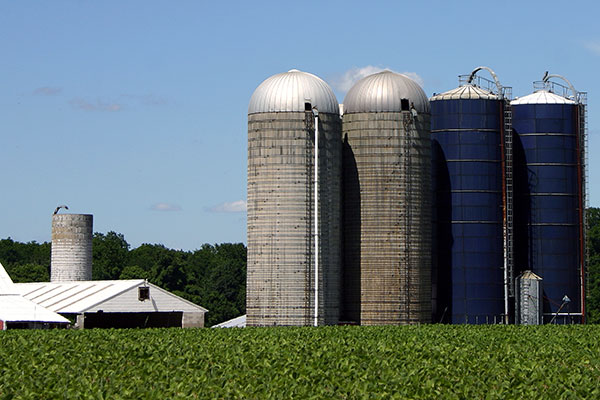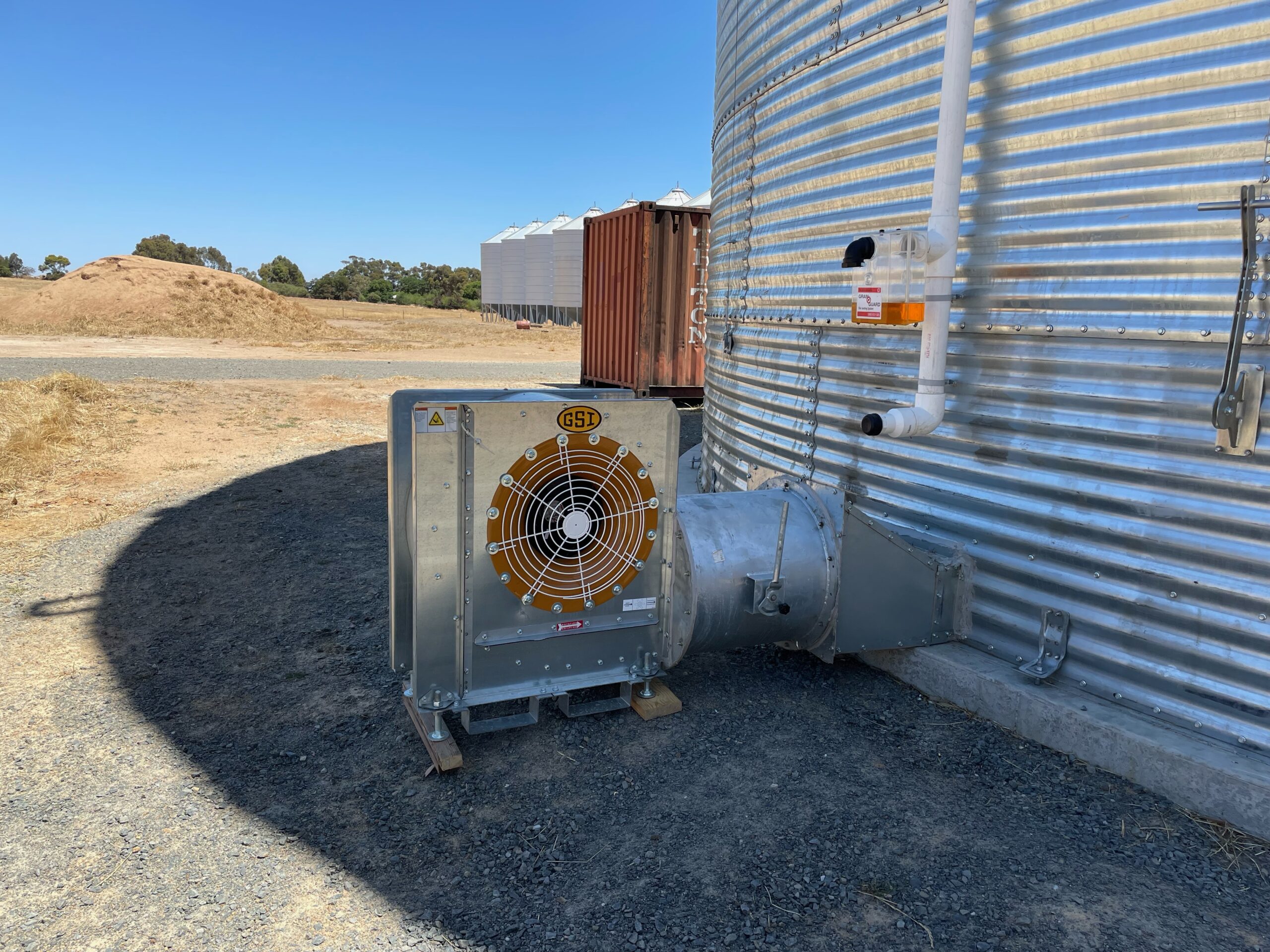
Grain Silos, The term “silo,” derived from the Greek word σιρός (Siros), originally referred to a pit for holding grain. Today, grain silos have evolved into intricate structures designed for storing bulk materials, playing a pivotal role in agriculture and various industries. This comprehensive guide delves into the diverse world of silo types, shedding light on their terminology, historical significance, and contemporary applications.
I. Grain Silos : Pillars of Agricultural Efficiency
To meet the demands of a growing global population, the efficient storage of grain becomes paramount. The iconic grain silo, a staple in many farming landscapes, stands as a testament to agricultural ingenuity. Despite their seemingly straightforward design, these structures require meticulous installation, service, and maintenance to ensure optimal functionality.
II. Towering Legacies: Tall “Tower” Silos Revisited
The towering “tower” silos, once ubiquitous in the agricultural landscape over 40 years ago, continue to endure. Constructed from various materials such as wood staves, concrete staves, cast concrete, and steel panels, these silos showcase a diverse range of options. Careful consideration of cost, durability, and airtightness becomes imperative when selecting the most suitable material. Loading and unloading grain from these silos involve sophisticated mechanisms, including conveyor belts and augers.

III. Bunker Silos: Reinforced Structures for Large Operations
Enter the realm of bunker silos, towering walls of reinforced concrete designed for extensive agricultural operations. These structures, commonly utilized by large-scale enterprises, facilitate efficient material transport using tractors and loaders. However, this convenience comes with potential risks, as the machinery involved may pose threats to the stored commodities.

IV. Sealed Silo Bags: Balancing Temporary Storage and Reliability
In the pursuit of flexibility, sealed silo bags emerge as a temporary storage solution. These heavy plastic tubes, filled with purpose-built machines, provide an alternative for short-term storage needs. However, the transient nature of sealed silo bags introduces an inherent risk – the possibility of plastic failure, potentially jeopardizing the integrity of the stored commodities.

Conclusion: Navigating the Silo Landscape
As we navigate the diverse landscape of silo types, each structure emerges as a testament to the evolution of storage solutions. From the enduring legacy of “tower” silos to the reinforced efficiency of bunker silos and the transient convenience of sealed silo bags, the terminology and definitions within the world of silos continue to shape the way we store and manage essential resources. Careful consideration of each silo type becomes crucial, ensuring that the chosen silo aligns with the unique demands of the industry and stands as a reliable guardian of the precious commodities within.


